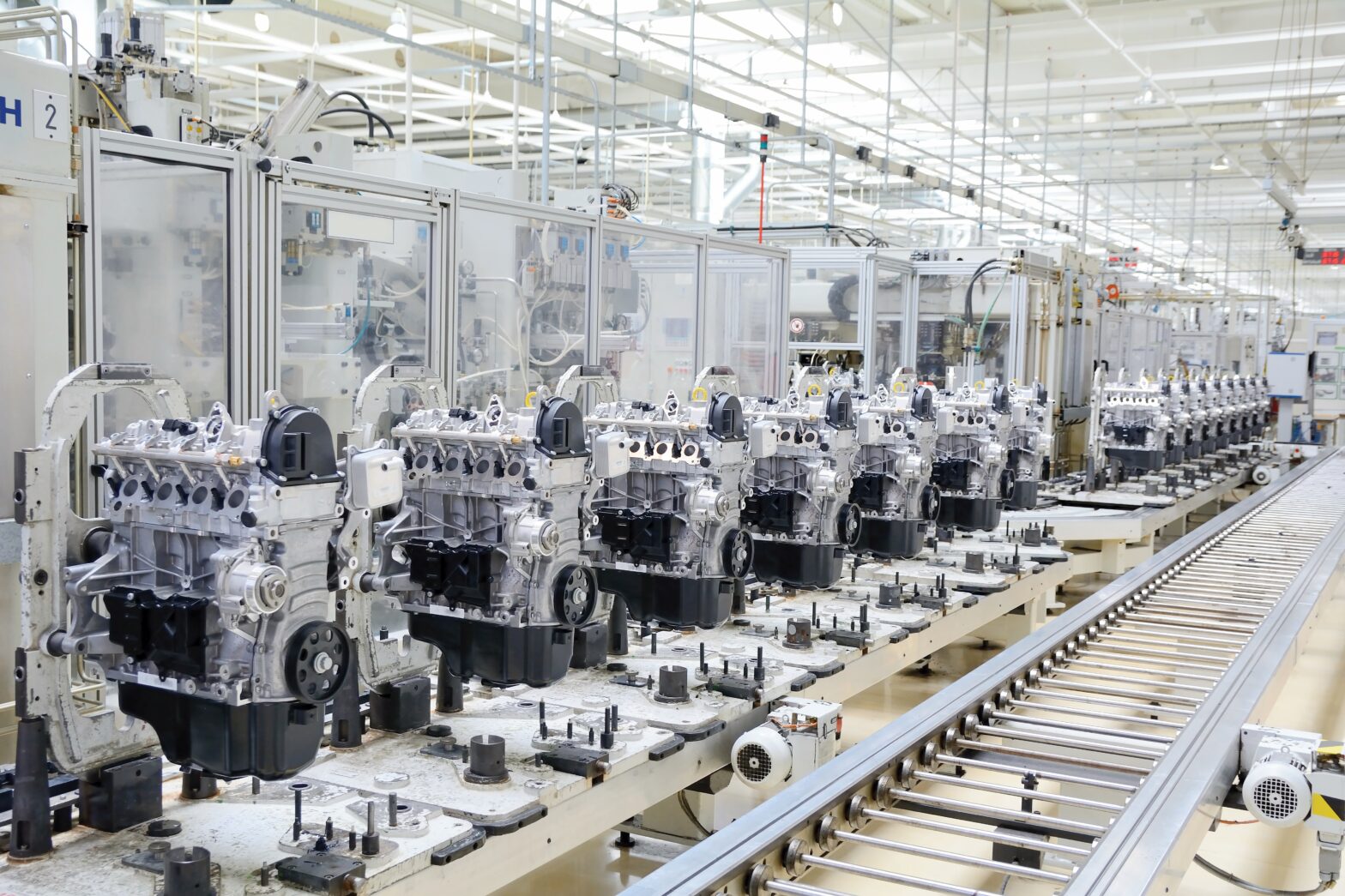In 2017, there were immense changes in the world of manufacturing, especially in after-sales service. From advanced emerging technology, to a shift in focus to a more customer-driven model, the manufacturing industry is heading into a new era that centres on the most important metric in service: uptime.
This new era has already brought about a surge of innovation in existing technology like drones and 3D printing, but many of these advancements may seem more fitting in a sci-fi film.
However, in the midst of inventions that probably won’t truly take off for another few years, there are a few existing concepts in technology today that may not be so far-fetched for manufacturers, who may be able to start applying them to business in the coming year.
Internet of Things
One of today’s most accessible technology advancements is the Internet of Things (IoT), the interconnection of computing devices embedded in everyday objects, enabling them to send and receive data.
>See also: What does 2018 hold for the manufacturing industry?
But, while most manufacturers are beginning to be aware of and store that kind of data, few know how to actually apply it. For service, product uptime is the largest opportunity on the horizon for manufacturers, and thanks to IoT, there is enough proof to convince businesses that they can use intelligent data and analytics to improve product uptime in their business strategies.
Where the rest of today’s emerging technology, such as drones, driverless cars and even 3D printing are immature, IoT is ready to be applied to after-sales service now. But, while the maturity of IoT is its biggest advantage, the biggest risk to its adoption in 2018 is the maturity of its connectivity to existing equipment.
As of today, there’s no stand-out way to get data from these parts, and most customers are starting to store it in systems that they’ve developed on their own. There’s no industry standard on how they should connect to the myriad of existing platforms.
Risk may be a strong word here, though, as risk implies that something could go wrong. In the case of IoT, it’s not that it won’t work – it’s a proven source of success in the world of after-sales service – it’s just that it needs a little more time to be fully implemented in existing service models.
If you look at manufacturers like Caterpillar, some equipment is more than 30 years old, and in order to be fully integrated with IoT, these products need to be updated to support this new data-driven technology. Once that happens, IoT has the potential to be the main driver of product uptime success in 2018.
The share economy
When it comes to after-sales service as a whole, there’s another shift toward product uptime; but, in this case, the shift is on the consumer side. The industry is moving away from buying and owning, to a more subscription-based model, which comes on the heels of the ever-evolving share economy. This change, where people are leaning more on rentals and services for things like homes, cars, equipment and more, is traditionally used for services for car fleets and power-by-the-hour heavy machinery.
>See also: How machine learning is set to impact manufacturing
Now, however, that concept is quickly creeping into every aspect of the market. There’s even a business model in Sweden that has shifted from selling milking machines, to offering a service to their end-customers where they pay for the number of gallons being milked.
This new shift not only affects the purchasing use of certain products and services, but the purchases of service parts entirely. While many think ecommerce options like Amazon are taking over the service parts market, that may not be the case with this new uptime model. For example, in the durable goods market, many parts are still captive to the OEM, and may not necessarily be available to the end-customer just yet. And, as the world evolves toward a subscription-based model, end-customers no longer need to maintain their own equipment, but rather rely on the performance of rented durable goods, paying for uptime and parts as part of the overall subscription fee.
Either way, whether it’s a monthly subscription or a pay-as-you-go system, these performance-based business models are only going to continue if they keep uptime at the centre of their strategies.
Maintenance and service will be the key to keeping gears turning, and OEMs are going to see why the investment in things like IoT and predictive analytics in after-sales service are crucial in the years to come.
Predictive analytics and maintenance
With such a heavy focus on product uptime as the key to organisational performance, AI and predictive analytics are playing an increasingly larger role in after-sales service and the broader supply chain.
Because the shift from ownership to subscription means that initial sales aren’t going to cut it for revenue anymore, that means that proactive maintenance is the new financial lever for manufacturers. That kind of proactivity requires the integration of smart technology like IoT and AI to act as the maintenance applications of predictive analytics.
>See also: The future of aerospace manufacturing is digital
And even though many industries already have uptime service models guaranteed in their contracts and service level agreements, the after-sales service process still has room for growth when it comes to the physical integration of predictive analytics.
As manufacturers start to truly factor data into their proactive maintenance schedules, they’ll be able to move away from a rigid, time-based schedule to an intelligent, need-based schedule, structured around information received from the equipment in need.
Manufacturers are waking up to emerging technology, data analysis and the importance of uptime and its impact on their organisations, but the key to after-sales service success in 2018 lies in the partnership with mature and standardised IT solutions as revenue-building machines.
Sourced by Erik Kjellstrom, pre-sales manager at Syncron







